Table of content
Zongzi, a beloved traditional Chinese dish, is a pyramid-shaped delight made of glutinous rice wrapped in bamboo or reed leaves, often filled with ingredients like red bean paste, pork, or dates. While freshly made zongzi is a treat, frozen varieties have become a convenient staple for those craving this culinary treasure year-round. However, cooking frozen zongzi to perfection requires precision, as undercooking leaves it chewy and raw, while overcooking results in a mushy texture. This guide delves into the science and techniques behind achieving ideal doneness, ensuring your frozen zongzi emerges tender, aromatic, and ready to delight.
The Importance of Proper Cooking Time
Cooking frozen zongzi is not merely about reheating—it’s a process of thawing, hydrating, and evenly distributing heat to activate the starches in glutinous rice. Frozen zongzi is essentially in a suspended state, with ice crystals disrupting the rice’s structure. The goal is to melt these crystals gently while rehydrating the rice and cooking the filling without compromising the leaf’s fragrance or the filling’s integrity.
Rushing the process by using high heat can cause the outer layers to overcook before the center thaws, leading to uneven texture. Conversely, insufficient cooking leaves the rice grainy and the filling undercooked. Striking the right balance hinges on understanding factors like zongzi size, filling type, and cooking method.
Factors Influencing Cooking Time
-
Size and Shape:
- Small zongzi (100–150 grams): Typically cook in 30–45 minutes when boiled.
- Large zongzi (200–300 grams): Require 60–90 minutes due to their density.
- Irregular shapes may cook unevenly, necessitating occasional rotation.
-
Filling Type:
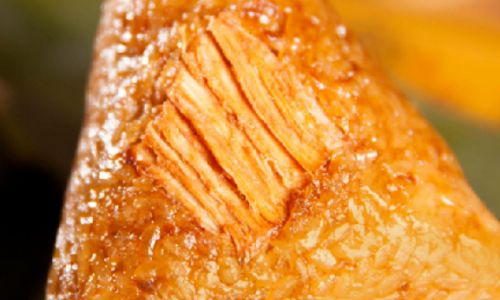
- Meat-based fillings (e.g., pork, salted egg yolk): Need longer cooking to ensure meat reaches a safe internal temperature (at least 74°C/165°F).
- Sweet fillings (e.g., red bean, lotus seed): May cook slightly faster but still require thorough heating to soften beans.
-
Altitude:
At high elevations, water boils at lower temperatures, extending cooking time by 10–15%.
-
Freezing Method:
Commercially frozen zongzi is often vacuum-sealed, retaining moisture better than homemade versions, which might dry out if not wrapped tightly.
Cooking Methods Explained
Boiling: The Classic Approach
Boiling is the most common method, favored for its even heat distribution.
-
Steps:
- Thawing (Optional): While some recipes recommend cooking from frozen, thawing in the refrigerator overnight reduces cooking time by 20–30%.
- Water Volume: Use a pot large enough to submerge zongzi completely. Add 1–2 tablespoons of salt to the water to enhance flavor.
- Heat Control: Bring water to a rolling boil, then reduce to a gentle simmer. Avoid rapid boiling, which can cause leaves to split.
- Timing:
- Frozen, small zongzi: 45–60 minutes.
- Frozen, large zongzi: 75–100 minutes.
- Thawed zongzi: 20–30 minutes.
-
Pro Tip: Add a teaspoon of baking soda to the water to soften the leaves’ tannins, resulting in a brighter green hue.
Steaming: For Delicate Flavors
Steaming preserves the zongzi’s aromatic oils and prevents waterlogging.
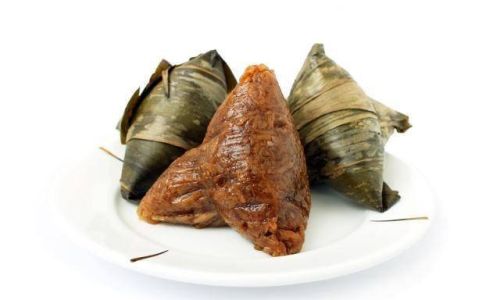
-
Steps:
- Place zongzi in a steamer basket, spaced 1–2 inches apart.
- Boil water in the steamer pot, then reduce to medium heat.
- Cover and steam:
- Frozen, small zongzi: 60–75 minutes.
- Frozen, large zongzi: 90–120 minutes.
- Check periodically and add boiling water if the pot runs dry.
-
Pro Tip: Line the steamer with parchment paper to prevent sticking.
Pressure Cooking: Speed Without Sacrifice
Pressure cookers slash cooking time by 50–70%, ideal for busy households.
-
Steps:
- Add 2 cups of water to the pressure cooker and insert the trivet.
- Arrange frozen zongzi on the trivet, ensuring they don’t touch the water.
- Seal and cook on high pressure:
- Small zongzi: 15–20 minutes.
- Large zongzi: 25–30 minutes.
- Allow natural release for 10 minutes before venting.
-
Pro Tip: Pressure cooking intensifies flavors, making it perfect for savory fillings.
How to Check for Doneness
- Texture Test: Gently press a zongzi with tongs—it should feel firm yet yielding, like a cooked sweet potato.
- Leaf Unwrapping: Carefully peel a corner of the leaf; the rice should cling together without sticking to the leaf.
- Temperature Check: Insert a food thermometer into the center—it should read 74°C (165°F) for meat fillings.
Common Mistakes to Avoid
- Overcrowding the Pot: Restricts water circulation, leading to uneven cooking.
- Using High Heat: Causes leaf splitting and raw centers.
- Skipping Thawing: Doubles cooking time and may dry out the rice.
- Reusing Boiling Water: Depletes salts and minerals, affecting taste.
Serving Suggestions
- Sweet Zongzi: Drizzle with honey, syrup, or crushed sesame seeds.
- Savory Zongzi: Serve with soy sauce, chili oil, or pickled vegetables.
- Creative Pairings: Pair with green tea to cut richness, or enjoy alongside congee for a hearty meal.
Storage and Reheating
- Freezing: Wrap cooked zongzi tightly in plastic, then foil, to prevent freezer burn. Consume within 3 months.
- Reheating:
- Microwave (1–2 minutes on medium power).
- Boil for 5–7 minutes (add water if reheating from frozen).
Conclusion
Cooking frozen zongzi to perfection is an art that balances patience, technique, and respect for tradition. By understanding the interplay of size, filling, and method, you can transform a simple frozen packet into a culinary masterpiece. Whether you prefer the rustic charm of boiling, the delicate nuance of steaming, or the speed of pressure cooking, the key lies in monitoring doneness and savoring the result—a bite of history wrapped in leafy perfection. So, the next time you unwrap a frozen zongzi, remember: great things come to those who wait, and cook, with care.
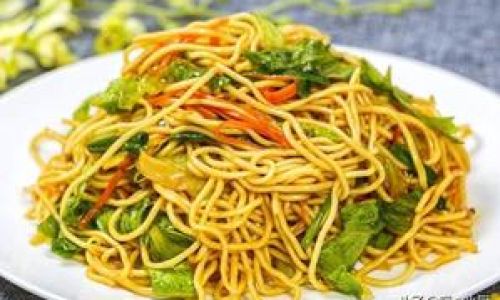
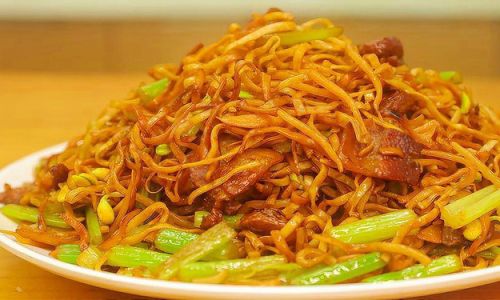
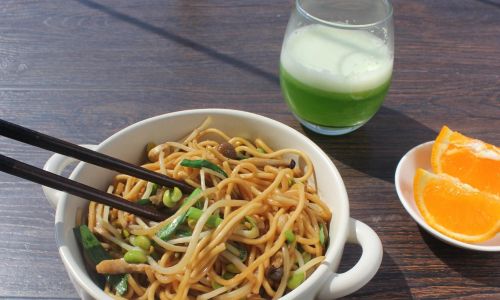


0 comments